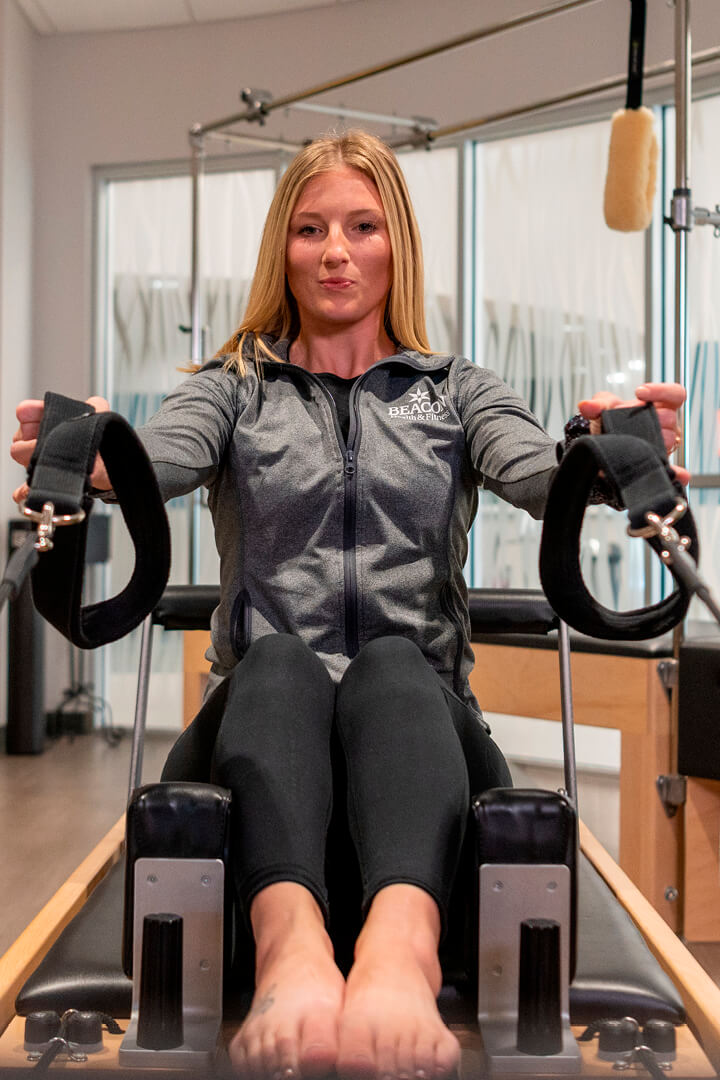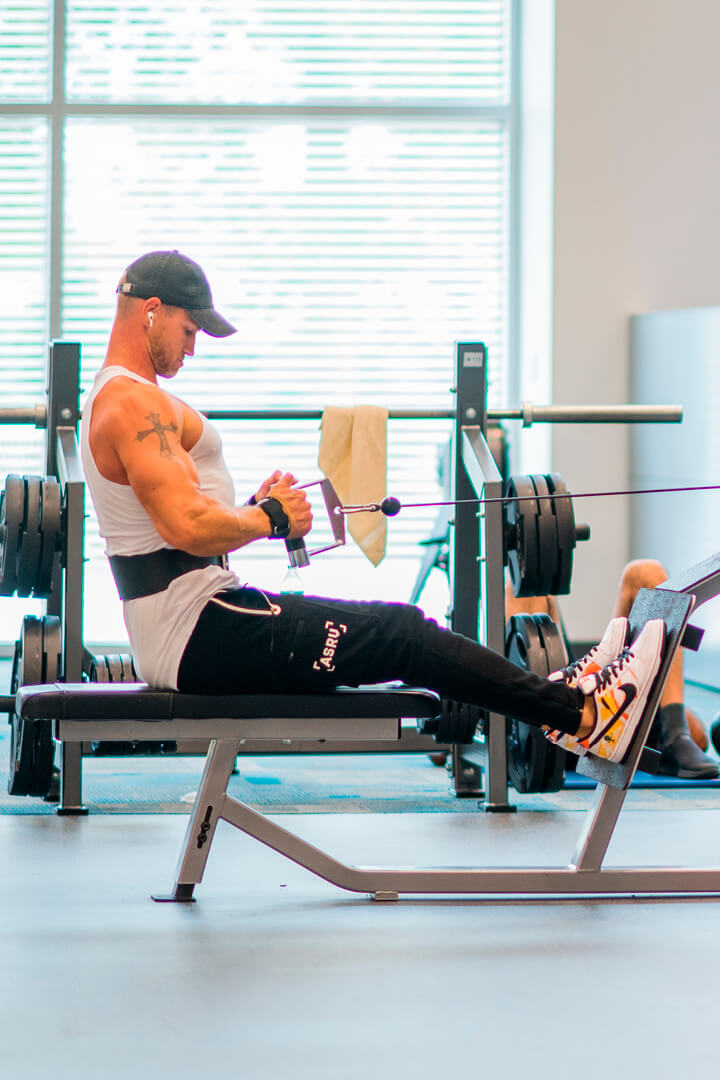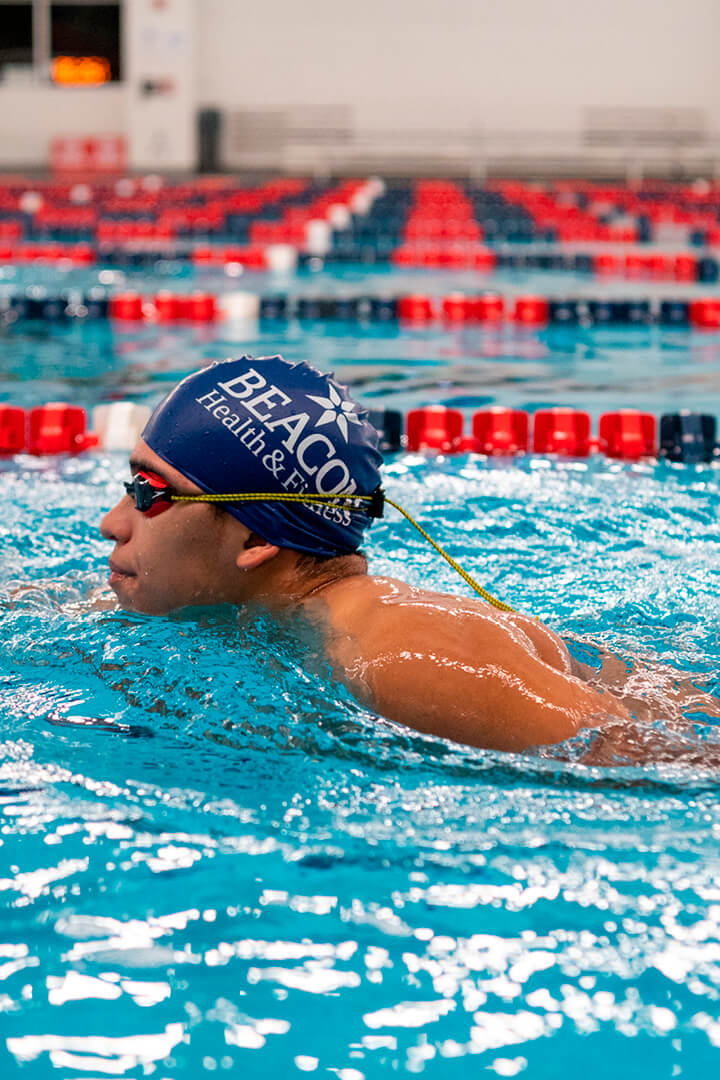[vc_row css_animation=”” row_type=”row” use_row_as_full_screen_section=”no” type=”full_width” angled_section=”no” text_align=”left” background_image_as_pattern=”without_pattern”][vc_column][vc_column_text]
[/vc_column_text][/vc_column][/vc_row][vc_row css_animation=”” row_type=”row” use_row_as_full_screen_section=”no” type=”full_width” angled_section=”no” text_align=”left” background_image_as_pattern=”without_pattern”][vc_column width=”2/3″][vc_column_text]Have you ever seen the colorful tape on an athlete during the Olympic Games? That is kinesio tape.
Kinesio tape is an elastic adhesive tape developed by Dr.Kenzo Kase in 1979. Kinesio taping differs from traditional taping (such as an ankle taping) in that it is not rigid, but flexible and designed to move with the athlete. Traditional athletic taping is designed to constrict muscle movement and limit range of motion and removed after an event whereas kinesio tape is designed to wear for multiple days at a time.
The tape has the ability to relax or stimulate the muscles to alleviate discomfort. Kinesio tape lifts the skin microscopically, which increases the interstitial space and allowing for decreased inflammation. When applied correctly, the tape lifts the skin to create a small space between the dermis layers and the muscle. In turn, the small space allows for smooth movement and makes for drainage and blood flow as well as taking pressure off swelling or injured muscles.
It is claimed that Kinesio tape can relieve inflammation, enhance performance, alleviate pain, and relax as well as support muscles during sporting events.There are many studies that claim the effectiveness of kinesio taping while others see no benefit. If you think you might benefit from kinesio tape, consider trying it for yourself![/vc_column_text][/vc_column][vc_column width=”1/3″][vc_single_image image=”945″ img_size=”large” qode_css_animation=””][/vc_column][/vc_row]





